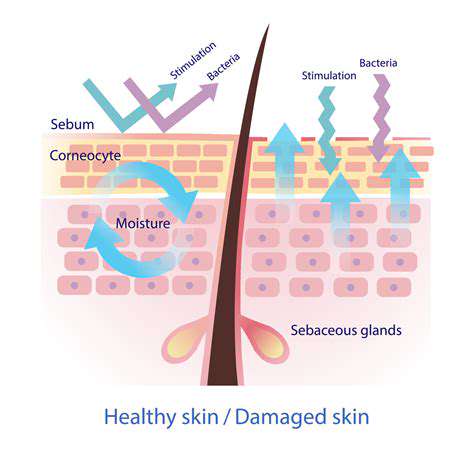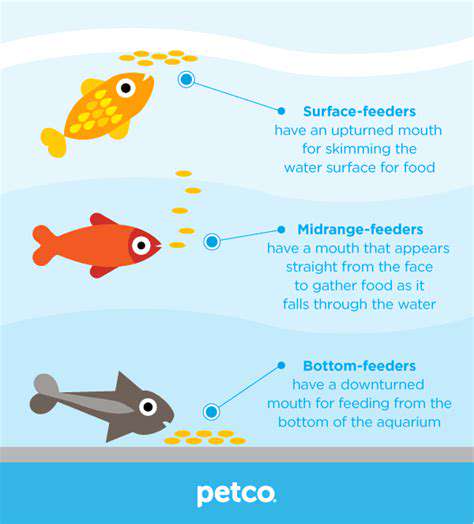Guide to Pet Skin Care
Fungal infections like ringworm create distinctive circular, scaly patches with raised borders. These highly contagious conditions require prompt veterinary attention to prevent household spread. Professional diagnosis ensures proper antifungal treatment selection.
Characteristic ringworm lesions often appear hairless with reddish edges. Without treatment, these can expand across the body. Veterinarians employ specialized tests to confirm fungal presence before prescribing appropriate medications.
Parasites and Their Impact
Fleas and mites cause intense discomfort through relentless itching and skin irritation. Flea allergy dermatitis represents a particularly severe reaction. Consistent prevention through topical treatments, oral medications, and environmental control proves essential.
Infested pets scratch obsessively, often developing inflamed skin and secondary infections. Visible parasites or flea dirt (black specks) signal infestations requiring immediate attention. Regular preventative measures maintain skin integrity and overall wellbeing.
Bacterial Infections: Recognizing the Symptoms
Bacterial infections often follow wounds or existing skin conditions. Telltale signs include pus-filled sores, swelling, or unpleasant odors. Prompt veterinary care with prescribed antibiotics prevents worsening conditions.
These infections manifest through obvious lesions, redness, and swelling. Without treatment, they rapidly spread. Veterinarians identify specific bacteria through cultures to select the most effective antibiotics.
Grooming Essentials for Healthy Pet Skin
Choosing the Right Tools
Proper tool selection directly impacts skin health maintenance. Long-haired breeds benefit from detangling brushes and slicker brushes to prevent mats, while short-haired pets may only need basic bristle brushes. Investing in quality tools makes grooming more effective and comfortable.
Consider your pet's unique coat characteristics and potential sensitivities when selecting equipment. Professional groomers can provide personalized recommendations based on breed-specific needs.
Maintaining a Consistent Routine
Regular brushing distributes natural oils and removes dead hair, preventing matting and irritation. Frequency varies by breed - some require daily attention while others need weekly sessions. Consistency helps identify emerging skin issues early.
Routine grooming allows for thorough skin inspections. Checking for abnormalities like lumps, redness, or hair loss enables early problem detection and treatment.
Bathing and Cleaning
Always use pet-formulated shampoos, as human products often irritate animal skin. Bathing frequency should match your pet's specific needs - excessive washing can strip protective oils. Consult your vet to establish an appropriate schedule.
Addressing Skin Conditions
Monitor for concerning signs like persistent itching, bald patches, or unusual growths. Never substitute home remedies for professional veterinary care when skin conditions appear. Many issues stem from allergies, parasites, or systemic problems requiring accurate diagnosis.
Dietary Considerations
Nutrition profoundly influences skin health through fatty acids, proteins, and vitamins. Work with your vet to select food matching your pet's age, breed, and activity level. Suspected food allergies warrant elimination diets under professional guidance.
Addressing Specific Skin Conditions

Identifying the Underlying Cause
Most skin conditions involve multiple contributing factors including genetics, environment, and health status. For example, stress or dietary triggers might worsen eczema, while hormones influence acne development. Professional evaluation often proves necessary for accurate diagnosis.
Thorough examinations help differentiate between allergic reactions, infections, and dermatological disorders. Understanding root causes directly impacts treatment success.
Effective Treatment Strategies
Tailored treatment plans may combine topical/oral medications with lifestyle adjustments. For instance, corticosteroids address inflammation while antibiotics combat bacterial infections. Strict adherence to prescribed regimens prevents recurrence.
Lifestyle Modifications for Improved Skin Health
Antioxidant-rich diets support skin resilience. Stress reduction techniques and proper hydration maintain skin integrity. Sun protection remains crucial for preventing UV damage.
Importance of Professional Consultation
Persistent skin issues demand dermatological expertise for proper management. Delaying professional care risks complications. Specialists provide accurate diagnoses and monitor treatment progress.
Monitoring Skin Reactions and Adjustments
Track treatment responses through symptom journals. Share observations with your dermatologist to refine approaches. This proactive method optimizes outcomes.






![Review: [Specific Brand] Reptile Food](/static/images/33/2025-05/EaseofUseandFeedingExperience.jpg)





